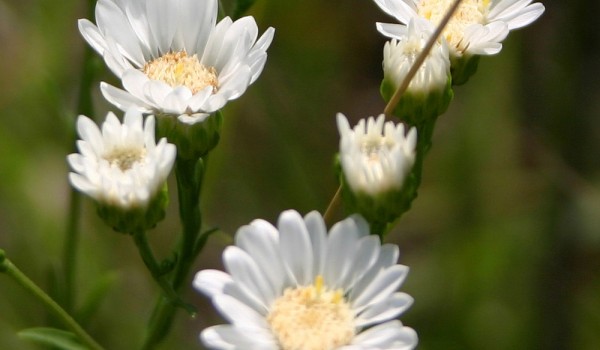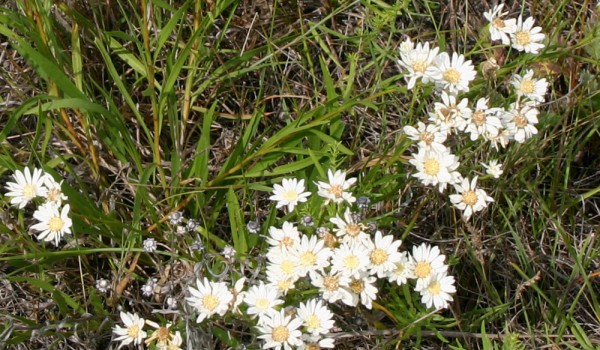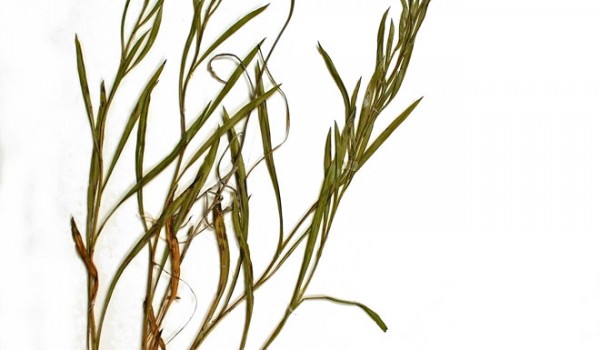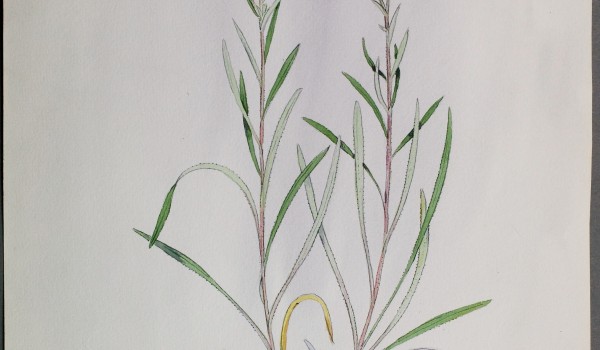Aster (Asteraceae)
Upland White Goldenrod
Solidago ptarmicoides (Torr. & A. Gray) B. BoivinThis prairie perennial is actually a Goldenrod even though its flowers are white not yellow. It has numerous, small, white daisy-like flowers that attract butterflies, flies, bees, and beetles – many of which are also pollinators. It prefers drier, sandy soils, and is drought tolerant.
Flower Colour:
- White
Flowering Season:
- Summer
- Fall
Flowering Months:
- August
- July
- September
Canadian Rarity Status:
Not rare. Listed as “may be at risk” in Quebec, and “extirpated” in New Brunswick.
Physical Appearance:
The hairy stems are erect, growing singly or in clusters 15–80 cm tall. Leaves are alternate, hairy, linear to lance-shaped, and 2-18 cm long (though reduced up the stem). Small flowering heads (3-60) are arranged in an open, branched cluster. Each head is backed by 3-4 whorls of bracts, and consists of 10-25, white ray florets surrounding about 100 disc florets. Fruits are single-seeded achenes topped by a tuft of fluffy bristles.
Similar Species:
Many-flowered Aster, Western Willow Aster (Symphyotrichum lanceolatum (Willd.) Nesom), White Prairie Aster (Symphyotrichum falcatum (Lindl.))
Gardening Notes:
Seeds and/or plants are often available from greenhouses and seed supply companies specializing in native plants. It can be propagated by seeds (but are slow to germinate), or by dividing young plants.
Canadian Distribution:
- Manitoba
- New Brunswick
- Ontario
- Quebec
- Saskatchewan
Prairie Types:
- Mixed Grass Prairie
- Tall Grass Prairie
Habitats:
- Prairies
- Rocky Slopes
Moisture Conditions:
- Dry
- Moderate
Light Preference:
- Full Sun
Soil Preference:
- Gravel
- Sand
Associated Pollinators:
-
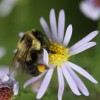 Bumble, Honey, and other Bees (Apidae (Subfamily Apinae))
Bumble, Honey, and other Bees (Apidae (Subfamily Apinae))
-
 Dark-winged Fungus Gnats (Sciaridae)
Dark-winged Fungus Gnats (Sciaridae)
-
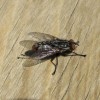 Flesh Flies (Sarcophagidae)
Flesh Flies (Sarcophagidae)
-
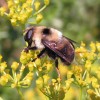 Flower Flies (Syrphidae)
Flower Flies (Syrphidae)
-
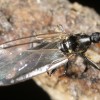 Minute Black Scavenger Flies (Scatopsidae)
Minute Black Scavenger Flies (Scatopsidae)
-
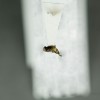 Picture-winged Flies (Otitidae)
Picture-winged Flies (Otitidae)
-
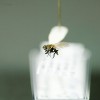 Root Maggot Flies (Anthomyiidae)
Root Maggot Flies (Anthomyiidae)
-
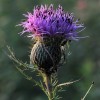 Shining Flower Beetles (Phalacridae)
Shining Flower Beetles (Phalacridae)
-
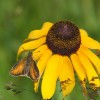 Skippers (Hesperiidae)
Skippers (Hesperiidae)
-
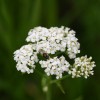 Soldier Flies (Stratiomyidae)
Soldier Flies (Stratiomyidae)
-
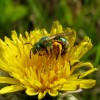 Sweat Bees, Halictid Bees and other Bees (Halictidae)
Sweat Bees, Halictid Bees and other Bees (Halictidae)






